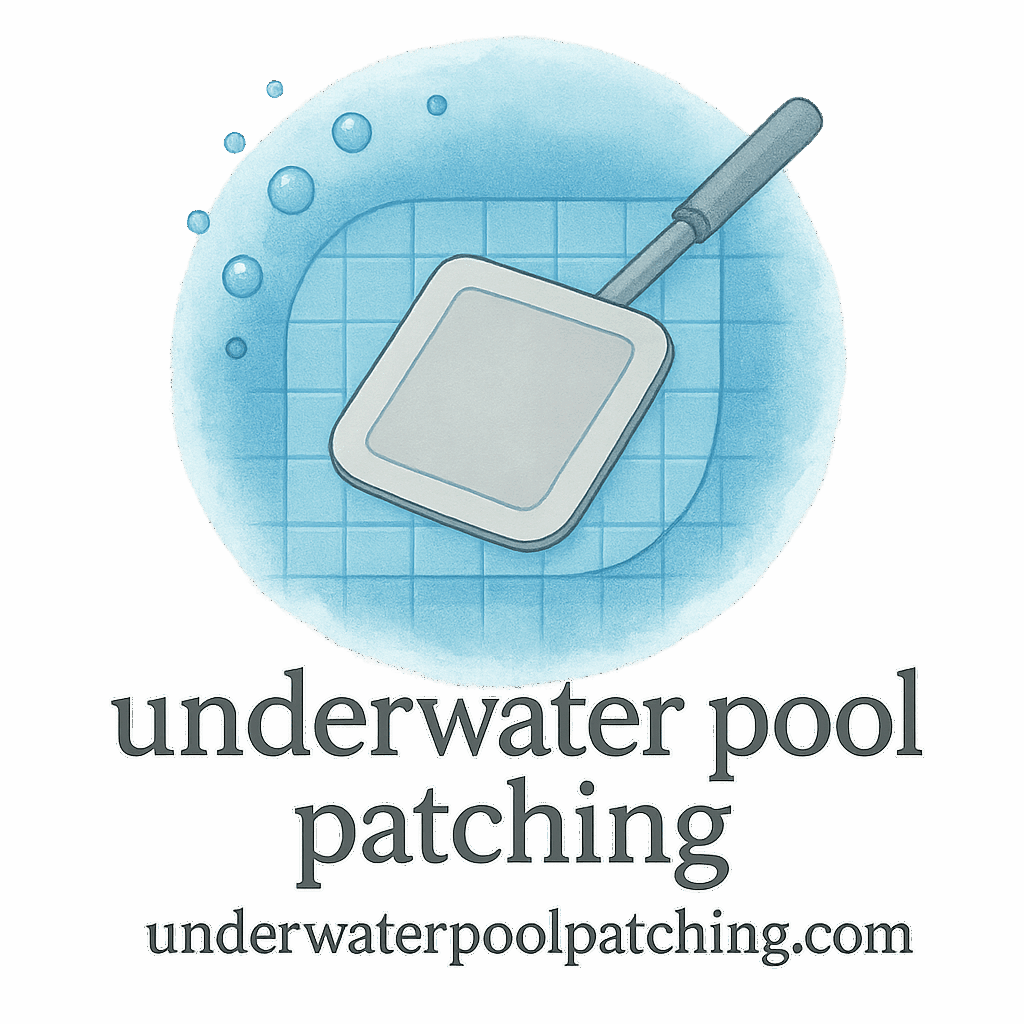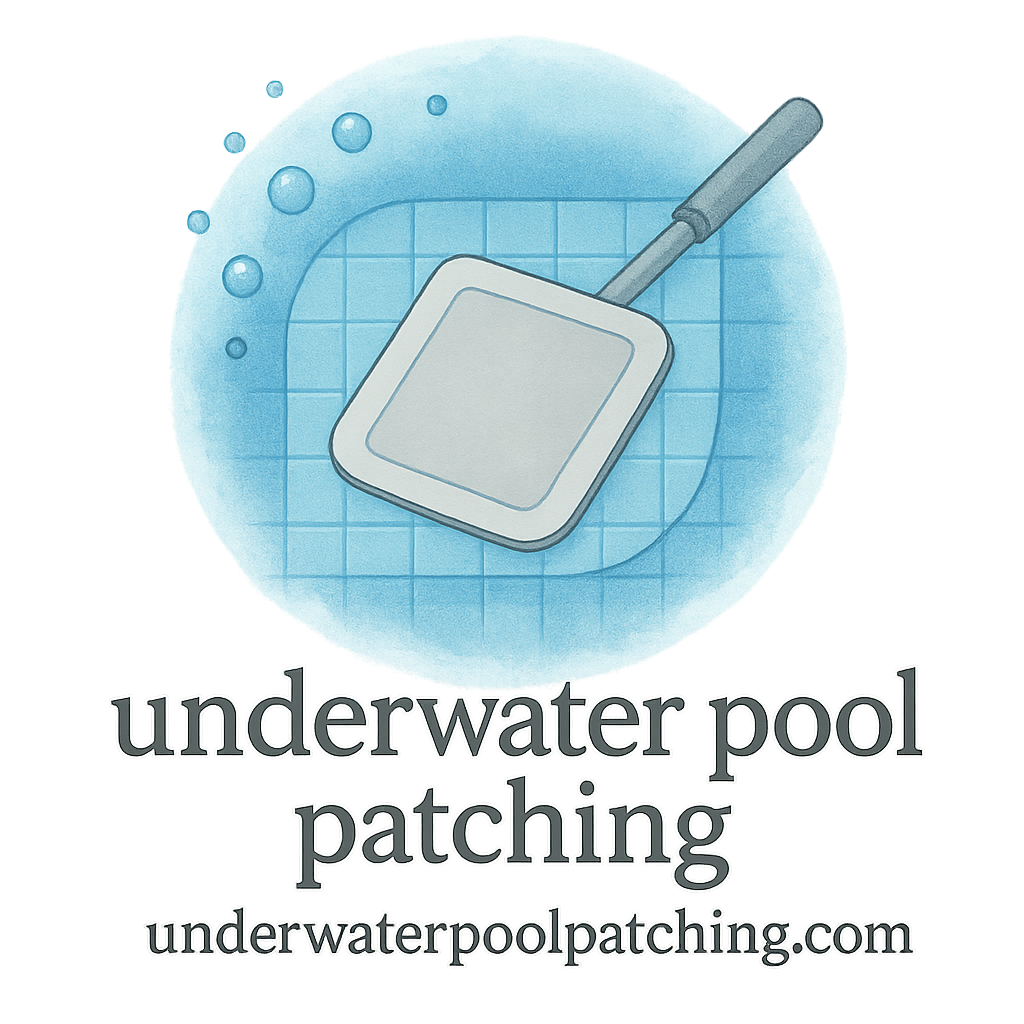When you’ve invested time and money in repairing your underwater pool, ensuring the patch lasts is key. Caring for a newly patched pool is a bit different from regular pool maintenance, as it involves special considerations to ensure the patch holds and doesn’t wear out prematurely. Below, we’ll dive into the top 10 frequently asked questions about caring for your newly patched pool.
Introduction
Whether you’ve just patched a small crack or performed a large-scale underwater pool repair, proper care is essential to maintaining the structural integrity of your pool. Caring for your newly patched underwater pool can extend the life of your pool, prevent further damage, and ensure a safe swimming experience. In this guide, we will answer the most common questions to help you properly care for your newly patched pool.
How Soon Can I Use My Pool After It Has Been Patched?
After your pool has been patched, it’s crucial to give the repair enough time to fully cure. How soon you can use your pool depends on the type of patch material used. Most common underwater patching materials, like epoxy-based compounds, require anywhere from 24 hours to a few days to set completely.
Waiting Period for Pool Use
If you used a quick-setting patch, you might be able to use the pool in as little as 24 hours. However, for epoxy patches, it’s better to wait for up to 72 hours to ensure that the patch is fully cured and ready for the stress of water pressure.
Factors That Influence Pool Use
Factors like ambient temperature and humidity levels can affect the curing time of the patch. It’s essential to follow the manufacturer’s recommendations to avoid any premature damage.
For more information on patching techniques, check out our detailed guide here: Patch Repair Techniques.
How Do I Know if the Patch Is Holding Properly?
Once your patch is set, you’ll want to ensure that it is holding well over time. A proper underwater pool patch should integrate seamlessly into the pool’s surface, blending in without any noticeable signs of wear.
Signs of a Well-Done Pool Patch
Look for smooth edges and no visible bubbles or gaps around the patch. A well-done patch should not peel or lift, and the surrounding pool surface should be intact.
How to Check the Patch Area
If you’re unsure about the patch’s quality, press gently around the patched area. If it feels solid, the patch is likely holding up well. If there is any give, it’s time to consult a professional.
3: How Should I Maintain the Area Around the Patch?
The area around the patch requires regular cleaning and inspection. Maintaining the patched area will help you prevent new cracks and ensure that the patch holds up long-term.

Maintenance Tips for Patch Area
- Clean the patched area regularly to remove debris.
- Inspect for cracks or discoloration that might indicate a problem with the patch.
Importance of Regular Inspections
Regular routine checks are essential to keeping your patched pool in good shape. Make sure to keep an eye on the patch, especially after heavy pool usage or significant changes in weather.
Can I Use Chemicals Around the Patched Area?
Chemicals can affect your newly patched pool depending on the type of material used for the patch. Generally, chlorine-based chemicals are safe for most pool patches, but harsh chemicals like acid can damage the material over time.
Pool Chemicals and Patch Safety
Check the manufacturer’s recommendations for any restrictions on chemicals. If you’re unsure, consider using mild cleaning products to prevent any unwanted reactions.
Choosing the Right Chemicals for Your Pool
Always choose pool chemicals that are gentle on your pool’s finish and patch. For more information on maintaining pool chemistry, visit our maintenance prevention page: Maintenance Prevention.
How Often Should I Inspect the Patched Area?
Inspecting the patched area is key to ensuring your repair lasts. The frequency of these inspections depends on several factors, including the type of pool and the level of traffic it gets.
Frequency of Inspections
For most pools, inspecting the patched area every 3 to 6 months is ideal. If your pool experiences high usage or extreme weather conditions, consider more frequent checks.
Signs That Require Immediate Attention
If you notice bubbling, cracks, or discoloration, these are signs that the patch might not be holding well. Immediate action can prevent further damage.
What Should I Do if I Notice New Cracks After a Patch?
It’s not uncommon for new cracks to appear after a patch, especially if the patch was applied incorrectly or if external conditions, like water pressure or temperature changes, caused stress on the patch.
Responding to New Cracks
If you notice new cracks around the patch, inspect the area closely to determine the severity. In some cases, a temporary solution like reapplying a sealant might be enough until a professional can assess the situation.
Temporary Measures and Professional Help
If the cracks seem significant, contact a professional repair service immediately. Don’t wait too long, as prolonged exposure to water can make the problem worse.
How Can I Prevent Future Pool Leaks?
Preventing future leaks involves good maintenance practices and understanding your pool’s structure. Regular maintenance and inspection are your first line of defense.
H3: Prevention Methods
To prevent future leaks:
- Inspect for cracks regularly.
- Keep your pool at the right water level to avoid stress on the surface.
- Avoid overuse of harsh chemicals.
Routine Checks and Maintenance Plan
Having a solid maintenance plan in place can help you spot minor issues before they turn into major problems. For more detailed advice on maintenance plans, check out our maintenance section: Maintenance Plan.
Can I Patch My Pool Again if Needed?
If your patch starts to fail or if you want to reinforce it, yes, you can apply additional patches.
When to Re-Patch Your Pool
If you notice significant wear or new cracks around the initial patch, it’s time to re-patch the area. Always consult a professional to ensure proper adhesion.
Material Considerations for Re-Patching
When re-patching, consider using the same materials as the original patch or upgrading to a more durable option like epoxy. For information on different patch materials, see our guide: Patch Types and Materials.
How Do I Clean the Patched Area?
Cleaning the patched area is essential for both appearance and longevity.
Proper Cleaning Techniques for Patched Areas
Use a soft brush and non-abrasive cleaner to gently clean the area. Avoid harsh scrubbing or acidic cleaners, as these can damage the patch.
Tools and Products to Use for Cleaning
For best results, consider using pool-safe mild detergents and a soft pool brush to maintain the surface.
10: How Long Will the Patch Last?
A properly applied underwater pool patch can last anywhere from 3 to 7 years, depending on the material and how well you maintain the pool.
Expected Lifespan of a Pool Patch
Epoxy-based patches tend to last longer than other materials, but regular maintenance checks can help extend the lifespan of any patch.
Factors Affecting the Patch Longevity
Factors such as pool traffic, water temperature, and chemical levels can affect how long your patch lasts. Stay on top of maintenance to maximize its lifespan.
Conclusion
Taking care of your newly patched underwater pool is key to ensuring that your investment lasts. By following the tips provided in this guide, you can extend the life of your patch and keep your pool safe and functional for years to come. Regular inspections, proper chemical use, and timely repairs are essential for the continued health of your pool.
For more tips on keeping your pool in top shape, check out our full collection of resources on pool maintenance: Maintenance and Prevention.
H3: Final Thoughts on Caring for Your Patched Pool
While caring for your newly patched pool might take a little extra effort, it’s well worth it to avoid costly repairs down the road. Stay proactive, and your pool will continue to provide enjoyment without the worry of leaks or damage.
H3: Importance of Professional Inspection
If you’re unsure about the condition of your patch, don’t hesitate to call in the professionals. Expert inspections ensure that your patch is holding up and that your pool remains safe.
FAQs
1. How long should I wait before using my pool after patching it?
It’s recommended to wait at least 24 to 72 hours, depending on the material used.
2. How do I know if my patch is holding properly?
Check for smooth edges and no visible gaps or bubbles around the patch.
3. Can I use chemicals near the patched area?
Yes, but avoid harsh chemicals like acid. Use mild pool-safe chemicals.
4. How often should I inspect the patched area?
Inspect your pool every 3 to 6 months, or more often if the pool experiences heavy use.
5. Can I patch my pool again if the first patch fails?
Yes, you can re-patch your pool if necessary. Just make sure to choose the right materials.
6. How can I prevent future leaks?
Regular inspections, proper maintenance, and maintaining the right water level can help prevent leaks.
7. How do I clean the patched area?
Use a soft brush and non-abrasive cleaner to maintain the patched area without damaging it.


